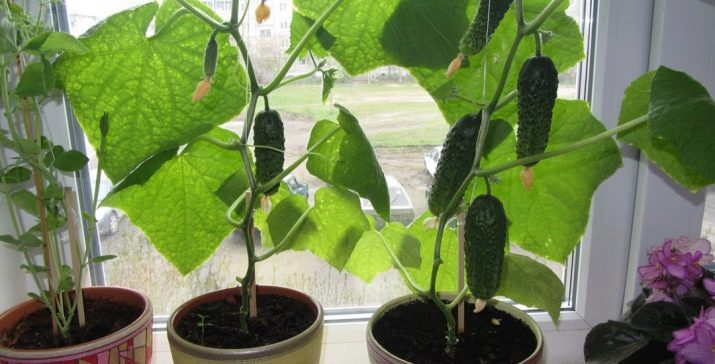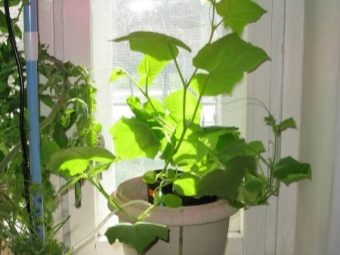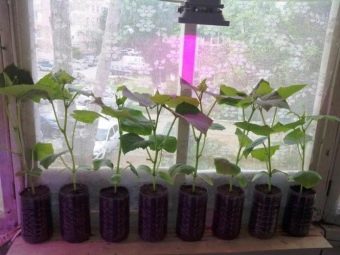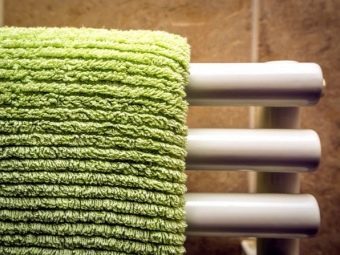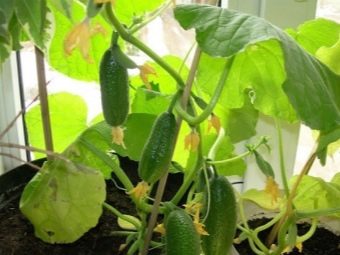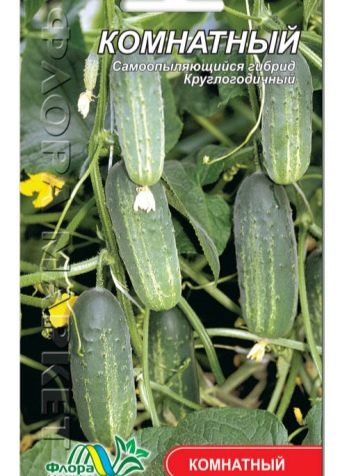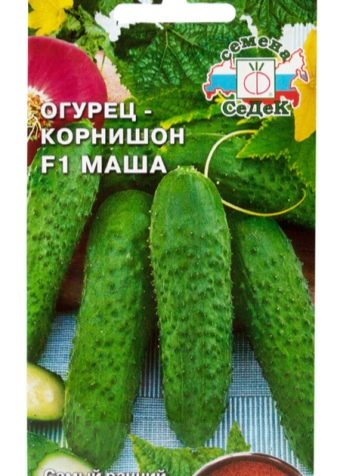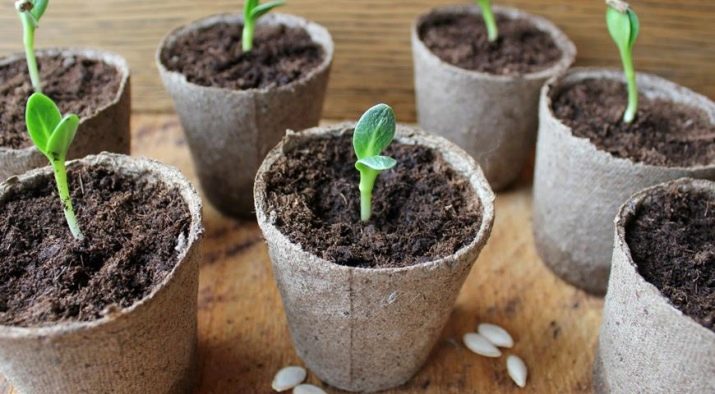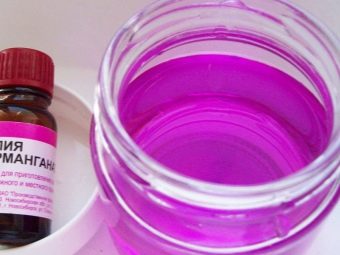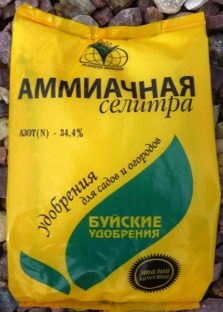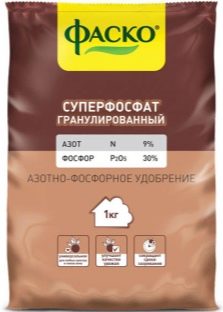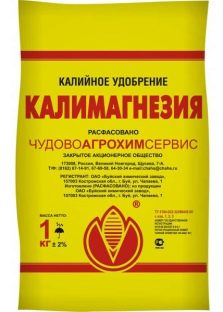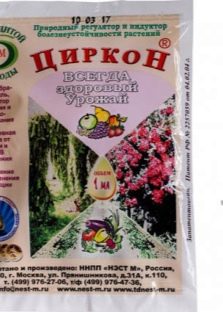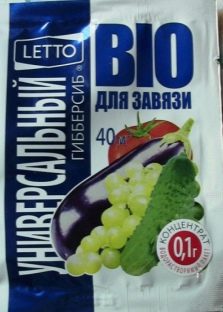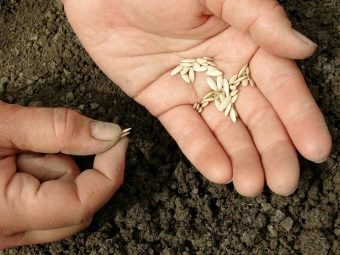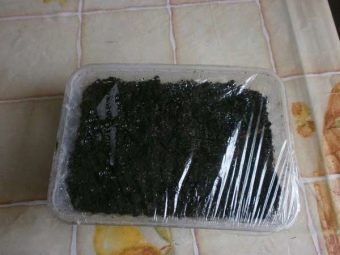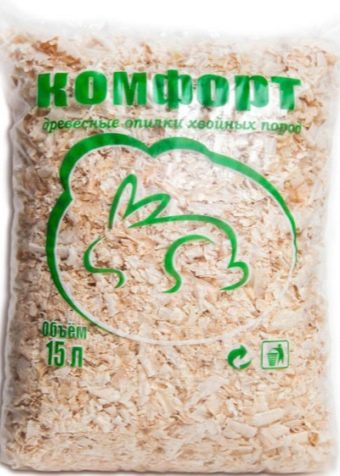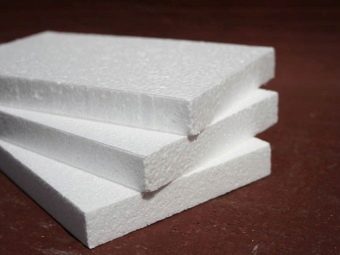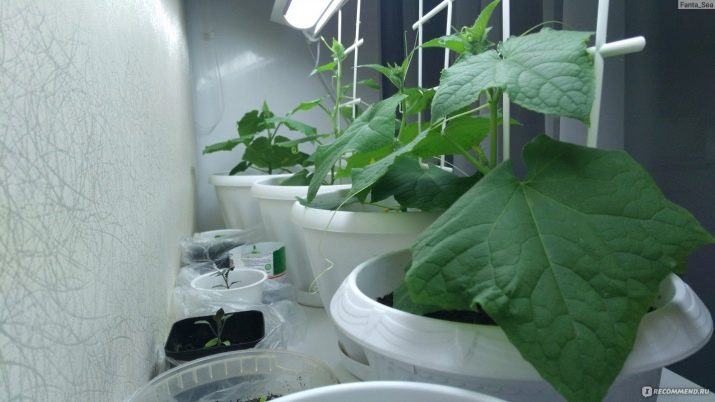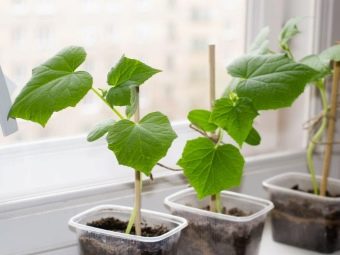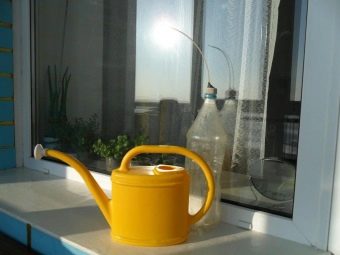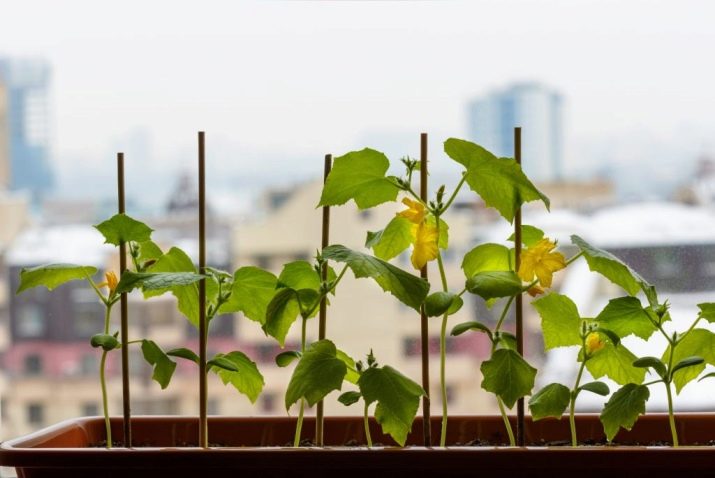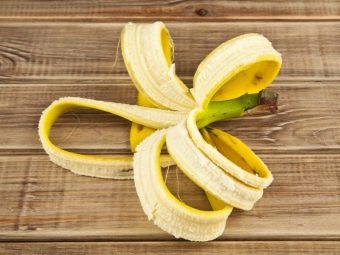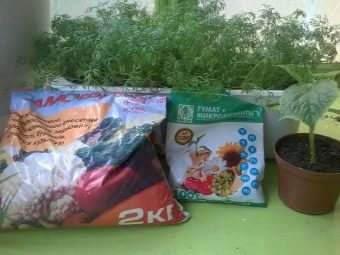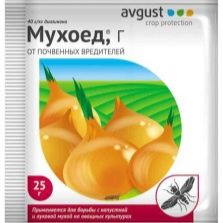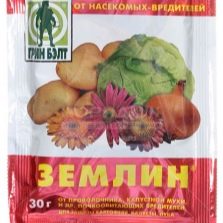How to grow cucumbers on the windowsill?
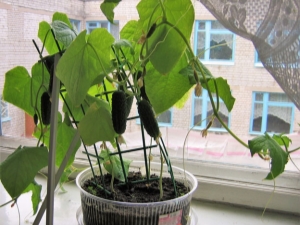
Residents of the metropolis who do not have their own backyard, as well as all gardeners who want to harvest not only in summer but also in winter will like the method of growing cucumbers on the windowsill. Agrotechnology in this case is not very different from the "villa", but some details of the process should be borne in mind.
Special features
Fresh vegetables in the winter have long ceased to be exotic, you can find ripe cucumbers, tomatoes, peppers and radishes in any season. However, their taste and nutritional value raise serious doubts. It is not known which growth stimulants and fertilizers were used to produce such a crop, so home-grown cucumbers can be an excellent alternative to store products.
Growing green vegetables on the windowsill is not difficult, but such an exercise will require following certain rules that affect crop yields.
Cucumbers can be grown on the window all year round, but in winter, when daylight hours are short, you will have to create artificial lighting. To do this, stock up with gel or fluorescent lamps. If there is no desire to “bother” with the light, then it is best to start growing vegetables in the last decade of February — that is, at the moment when the time of natural insolation begins to increase.
For cucumbers, it is better to stop the choice on windowsills located on the south side. It is very important that there are no cracks in the windows, because cucumbers react badly to wind and drafts. The most comfortable for home cultivation of cucumbers is the temperature not lower than 20 degrees, therefore in poorly heated premises it does not make sense to cultivate a culture - the plant stops growing and developing when the thermometer drops to 16 degrees.
Cucumbers respond well to high humidity, while simply spraying the leaves to create the required level is not enough. Therefore, during the period when the heating system is working, the batteries should be hung up with wet towels. If you spend quite a bit of time and effort in order to arrange the cucumber bushes suitable for the formation of fruits and ripening conditions, you can get a very good harvest. As practice shows, it is quite possible to gather up to 15 medium-sized fruits from one bush.
Variety selection
Not every variety of cucumbers is suitable for growing on a windowsill. To begin, let us take note of the fact that most flowers can be pollinated with butterflies, bees, flies, dragonflies, and other flying insects. Obviously, to ensure their presence in their own kitchen or in a room very few people will like. In the apartment they do not fly and certainly they are not in the winter. The conclusion is obvious: it is impossible to pollinate cucumbers in an apartment, only special hybrid varieties of vegetables that have their own name - parthenocarpic are suitable for home cultivation. They do not require natural pollination, this factor is of fundamental importance. Do not even try to plant on the windowsill simple cucumbers, intended for planting in open ground.
Whatever yield is promised by the manufacturer, in the apartment it will in any case be zero.
Separately, you should pay attention to the bushiness varieties. For cultivation on the window, you should prefer hybrids with small lashes, because the bush plants will require a large area of nutrition. Unfortunately, to provide this on the windowsill is not possible, in addition, such plants scatter lash up to 3 meters, so they simply have nowhere to grow and develop on the windows. And the last factor is the speed of ripening. At home, the harvest should be obtained as early as possible, therefore, varieties should be picked early maturing.
Preparation of the tank and soil
Cucumbers need space, so the capacity in which you plan to grow them should certainly be large enough - for one bush you need 5-liter dishes. In this case, you can use not only a flower pot for planting each plant, but also to get a spacious box where you can plant several seeds. As a rule, amateur vegetable growers use regular five-liter bottles, which cut the neck or large plastic bags. Regardless of which container you choose, be sure to make several holes in its bottom - they will be used to remove excess moisture.
At the initial stage of growth of the bush can be used peat cupshowever, when the bushes grow, they will need to be moved to larger tanks and covered with earth. Particular attention should be paid to the preparation of the soil. You can use ready-made earth mixture, but experienced growers prefer to prepare the soil on their own. To do this, mix ordinary garden soil with humus and peat in a ratio of 4: 1: 1, add a little ash and magnesium sulphate to the ground so that for every liter of land there is 1 tbsp. a spoon of fertilizer.
Potted cucumbers prefer loose soils, so many recommend adding shallow river sand to the ground, although the latter can be replaced with coconut chips. Coconut is distinguished by neutral acidity, and in addition it perfectly retains water, due to which the soil becomes loose, and the air freely penetrates to the roots. To prepare the soil mix, the chips should be filled with water and wait 30-40 minutes, by this time it will swell significantly and increase in volume. Immediately after this, it can be added to the prepared earth mixture.
Many people prefer to grow cucumbers completely in coconut soil - in this case, it should be slightly acidified, for this the substrate is treated with a light pink solution of potassium permanganate.
Before sowing seeds, the ground should be sanitized to remove pests and spores of dangerous fungi. This is best done by the method of freezing - land is taken out onto the street or into a room with negative temperatures and left for a week, and then returned to the apartment. The soil must stand for a few days in the house and completely thaw out, after which the land is brought to frost again. These manipulations are repeated 4-5 times. Some use calcination for disinfection - this is incorrect, since fertilizers applied to the soil decompose at high temperatures, and at low temperatures they retain all their nutritional value.
Shortly before planting, fertilizers can be applied to the ground; plants respond well to ammonium nitrate, superphosphate, and potassium magnesia. Fertilizers can be applied in any form - both in liquid and solid. The main thing is to strictly adhere to the instructions in terms of dosage, since excessive glut of nutrients can lead to lower yields. The ground into which the seeds are planted needs to be slightly warmed up, since the seeds germinate only at a ground temperature of 17 degrees. Usually, the land is simply put to the battery and left for several days.
Landing
Zelentsy on the window, as a rule, are planted in three stages. In December - with this, the harvest can be obtained as early as February. In January - then the first fruits will delight you in the first half of March. Or in February - then the cucumbers ripen by the end of March - the beginning of April. January and February are considered the most suitable terms, since when planted in December young plants do not have enough light, they can produce good large fruits only in conditions of additional illumination. Some try to plant a vegetable in October, but at this time there is a significant reduction in daylight, in which case the plants are pulled out, but they don’t rush to bloom and form the ovary.
Seeds before planting should be heated - in this case, the number of female flowers will be increased. Shortly before planting, seed is soaked in growth stimulant solutions, for example, in Zircon, Gibberellin or Gibbersib. Producers selling seeds of hybrid crops claim that their products do not need to be soaked. As practice shows, any seeds need to be pretreated, this greatly increases their germination and resistance to diseases of the crop.
In addition, the period of the protective effect of such drugs, as a rule, does not exceed several months, so by the time of planting the protection most often ceases.
After soaking, the seeds are washed and planted, it’s not worth waiting until they are spiked, since the sprouted root can be easily damaged when transplanted into the ground. 3-5 seeds should be planted in each pot, deepening by 1.5-2 cm, after which they should be sprinkled with earth. It is better to moisturize the ground before planting, since watering after sowing may cause seeds to go deep down - in this case, they simply will not be able to climb. The container is covered with polyethylene or glass, and then placed in a warm place until the first shoots. As soon as sprouts appear on the surface, the shelter should be removed, and the container should be transferred to the window sill. Experts recommend leaving no more than 2 of the strongest seedlings, and the remaining should be cut off - no need to pull them out of the ground, as in this case they can damage the roots of the remaining seedlings.
Care and formation
When properly planted, growing cucumber bushes do not require significant effort.
To take care of green horticulture and achieve a good harvest even for novice gardeners, the main thing is to follow the instructions clearly.
- Plants love bright places - they should be grown on the south or southeast side. It is important to provide “diffused illumination”, since with direct rays transmitted through glass, the leaves may turn yellow and curl.
- It is better to water cucumbers after sunset or during the day in cloudy weather. Water should be poured at the root or at the edges of the pot.
- Soil intended for adult plants should be similar to that used for planting seed. Be sure to make nitrogen, phosphate and potash fertilizers, as well as ash.
- When growing cucumbers, it is very important to organize a drainage; for this, a hole is made in the tank, and clay or pebbles are poured at the bottom. If there is neither one nor the other, then you can use regular foam.
- As soon as the plant reaches the stage with 5 sheets, it will need support - for this purpose they stretch the grid along the glass unit. In specialized stores you can buy very attractive tapestry designs, they will not only become a good support, but also decorate the appearance of the window.
- The big problem in the summer time on the window is the heat. As you know, glass enhances the effects of sunlight, and in addition, the humidity level in the room significantly decreases. Under these conditions, the earthen room quickly dries out even with frequent watering.
To preserve such moisture necessary for cucumbers using mulch - straw, sawdust or shredded bark of trees is best suited for this purpose.
Let us dwell on the key factors in the care of cucumber culture.
Temperature
At the germination stage, cucumbers are very sensitive to air temperature. Until the appearance of 3 true leaves, one should maintain the heat in the room - optimally around 23 degrees. After that, it is possible to reduce heating, although this is undesirable, since cucumbers are classified as heat-loving plants. In winter, additional heating is used, especially if the window is cold. To do this, boxes with seedlings for 2-4 hours a day put on the heating device, and then wrapped with foam. This allows you to warm the soil and keep warm.
Shine
In late autumn and winter the sun rises late, but it gets dark already at 16-17 hours, while for the normal formation of the bush it needs at least a 15-hour light period per day. Prior to the formation of lashes, they should be additionally illuminated - most often special lamps are used, as well as various retro-reflecting devices (for example, they install mirrors and hang a foil). As soon as the whips are finally formed, the level of artificial lighting can be reduced. At the stage of setting buds bushes enough light for 12 hours.
Watering
Cucumbers on the window sill should be watered exclusively with cold settled water, its temperature should be about 20 degrees. If you water the plants with cold liquid, in the winter this can cause the root system to die. It is necessary to irrigate the soil as the soil dries. Check the need for water is very simple - if the hands do not get dirty in the ground, it means that the plant is ready for a new portion of moisture. Keep in mind that water cucumbers better in the morning, but not closer to the night. It is known that evaporation reaches its maximum in the morning, therefore, with evening irrigation, the water-fed green parts will begin to actively evaporate moisture at dawn - this is completely undesirable in a normal apartment. It is noticed that if you irrigate the land in the morning or afternoon, this does not happen, which means that the microclimate in the room remains suitable for a comfortable person’s living.
Air humidity
For the full development of cucumber bushes requires humidity at the level of 80-90%, however, in apartment conditions, especially in winter, this figure does not exceed 50%. This is very unfavorable for the plants - they begin to turn yellow, the sheets curl and fall. All this leads to the fact that the shoots die before the ovary begins to form.
To avoid this, you should regularly spray the sprouts, and also put special humidifiers near the battery.
Shrub formation
In the conditions of a small window sill and a window, special attention is paid to the molding of the bush. Long-varieties are recommended to grow in a single stalk, so all the growing side shoots always pinch. Weak-glossy hybrids can be formed in 2-3 stalks, since a small whip cannot give a big harvest, especially when it is planted in winter. At the same time, the main stem is clamped after 4 leaves, and from the side one should choose two or three of the strongest ones, which are tied up or put on a wooden trellis.
It is not possible to feed the plant in room conditions for more than 3 lashes, therefore, ever more weak twigs must be carefully removed. Each whip must be run on a separate support. Keep in mind that after the first harvest appears, the lower leaves dry - you should not be afraid, this is a completely natural process associated with the fact that an adult plant does not have the strength to feed absolutely all the leaves, stems and fruits at the same time. Yellowed leaves can be removed.
Fertilizers
Home-grown cucumbers also strongly need organic and mineral supplements, like their counterparts in the open field. If the ground was previously fertilized before sowing, the first dressing is carried out only after the formation of the first leaf and then fertilized every 5 days throughout the growing season. Keep in mind that in winter, plants need more nutrients than in summer, so fertilizer should be a little more intense.
Cucumbers are very fond of rotted manure, but very few people will agree to such bait in urban environments because of the strong smell. And those who have parrots, canaries or other birds in their homes can take bird droppings as fertilizer. To do this, it is diluted with water in a ratio of 1:10 and fed vegetables. Owners of birds, as a rule, do not react so badly to odors in an apartment.If this method is categorically unacceptable, then you can safely use any plant residues of home flowers. It can be fallen petals and leaves, broken branches, potato peels and banana peel give a good effect. All cooked ingredients are mixed with cool water, then leave to infuse for 4-5 days.
After that, the resulting composition is again diluted with plain water and fertilized plants.
Cucumbers respond very well to wood ash, which can be bought at any specialty store. In the case when it is not possible to use organic fertilizers, you can feed cucumbers with prepared humates and liquid fertilizers. They are bred in accordance with the instructions (most often it is 1 cap per bucket of liquid). The resulting solution is watered growing bushes. However, on some mineral dressings to achieve good yields will not work. During the growing season, the plant should receive at least 4 organic portions of fertilizer, since organic matter has a significant effect on the fertility of the land. After the formation of the ovary, the introduction of nitrogen-containing drugs should be minimized, because greens tend to accumulate nitrogen, which can later lead to poisoning of the body.
Diseases and their treatment
When they grow cucumbers at home, they are not afraid of pests, and in winter most of them hibernate, but sometimes fungal diseases cannot be avoided. In the spring and late fall, mushroom mosquitoes are active in the rooms — these are the common midges, which cause so much inconvenience to the owners after the winter stock of vegetables is formed in the house. By themselves, these midges cannot cause harm, but their larvae, deposited in the ground, completely eat away the underground parts of cucumbers, cause damage to the roots and lead to the death of the entire shrub, because cucumbers react rather sensitively even to minimal damage.
The midges and their larvae cannot tolerate dry air. Since the cultivation of cucumbers on the window is not possible to reduce the intensity of moisture of the earth and air, therefore, there remains only one option to control the midge - the introduction of insecticides. The most popular products are the Flyrner, Aktara and Zemlin. Cucumber seedlings on window-sills are also a lot of diseases, the most dangerous is the “black leg”, which can make itself felt at any stage of development. Most often, plants are attacked after they form 2-3 permanent leaves.
If you notice that the stem has thinned near the ground and the waist has appeared, and the leaves turn white, then the plant should be removed immediately, and all other seedlings treated with potassium permanganate.
It is possible to grow a garden on the windowsill, these works do not require large expenditures of effort and money. If you take some time to your plant and create comfortable conditions for it, you can get juicy and crispy cucumbers in winter and early spring, when the body suffers from lack of greens and vitamins.
For more information on how to grow cucumbers on the windowsill, see the next video.

